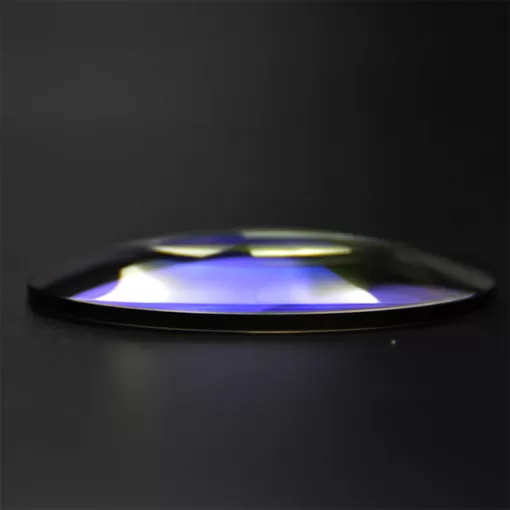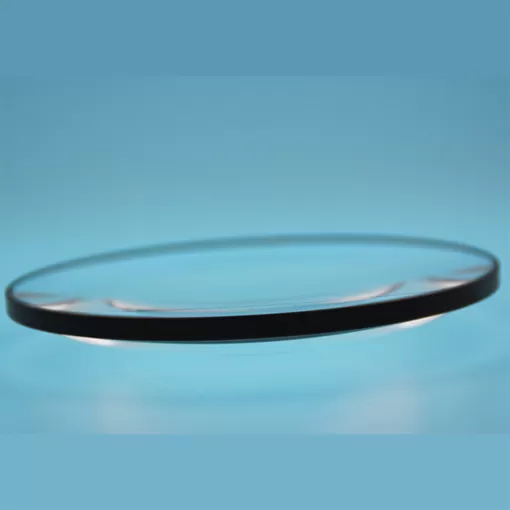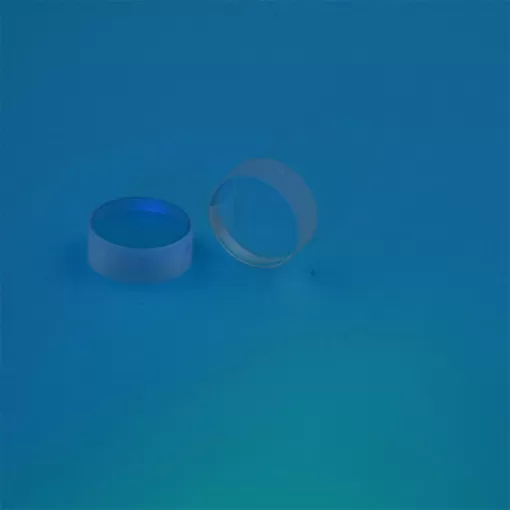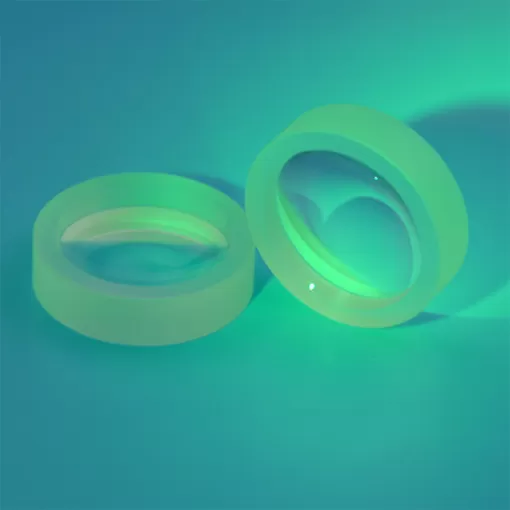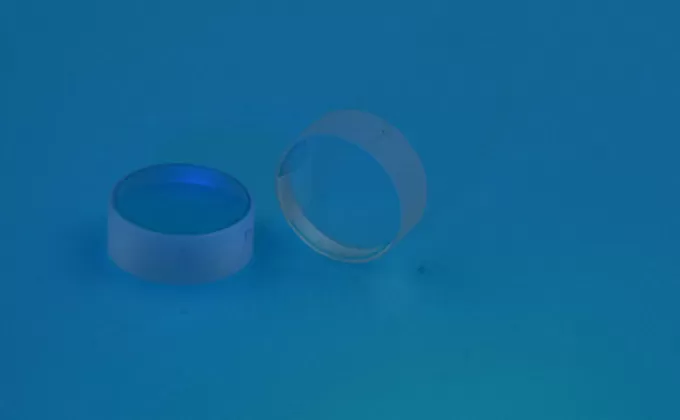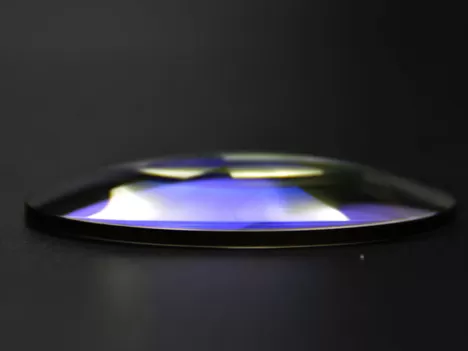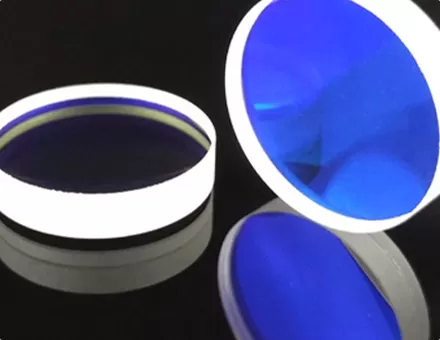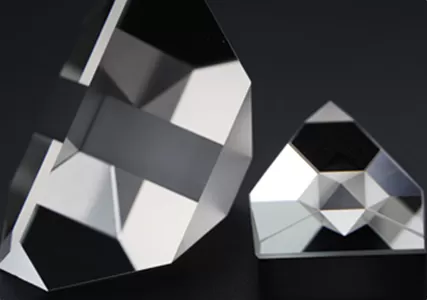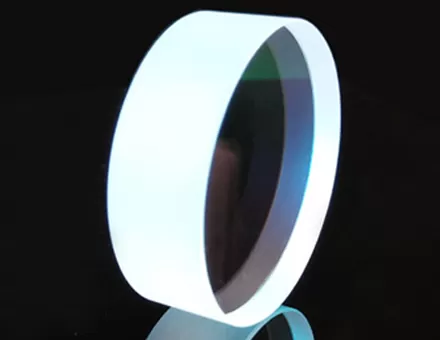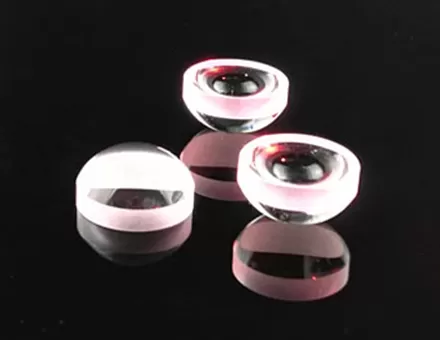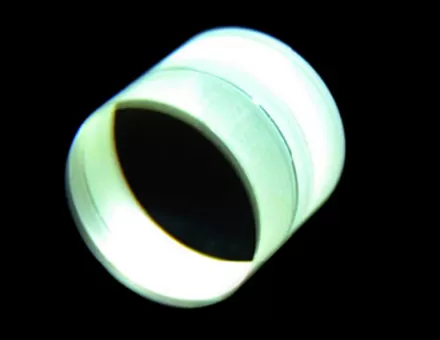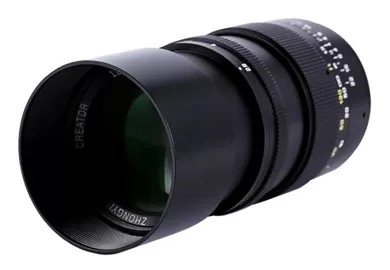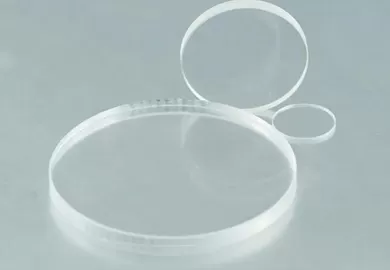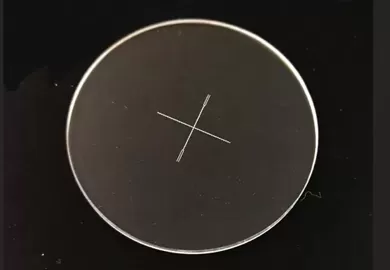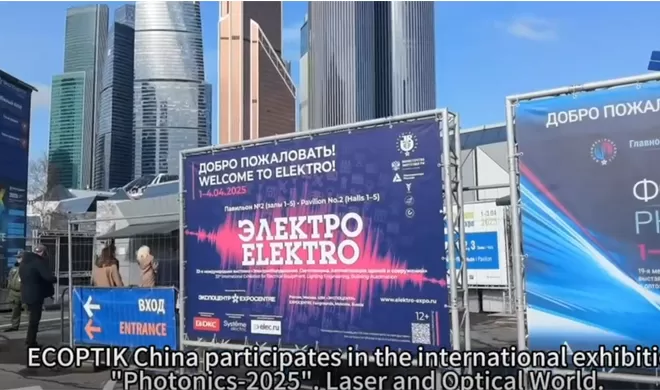First of all, from the imaging of the plano-convex lens, the light incident on the two sides of the plano-convex lens has a slightly different refractive index. So, in fact, the focal lengths on both sides are also different. But when using, it cannot be reversed. There is also a type of "plano lens", which is different from plano-convex and biconvex lenses. The incident light is reflected and perpendicular to the parallel incident characteristics to continue straight forward, and no refracted light is produced; it is the middle. The flat glass optical element with the same thickness as the edge is called a flat lens, a biconvex lens, and the light incident on both sides has the same refractive index. The same goes for focal length. Plano-convex lenses have slightly different refractive indices for light incident on both sides. So actually the focal lengths on both sides are also different.
A convex lens is a lens with a thicker center and thinner edges. Convex lenses are divided into biconvex, plano-convex, and concave-convex (or positive meniscus) forms. A biconvex lens, the light incident on both sides has the same refractive index and the same focal length.
Plano-convex lens, one side is flat and the other side is convex. This type of lens is used to gather parallel light, or to convert point light sources into parallel light.
The main use of plano-convex lens are far-infrared collimator, stage lighting, automotive lighting, outdoor road lighting, airport lighting and indoor special lighting, etc.

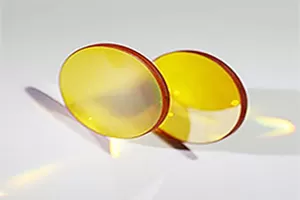
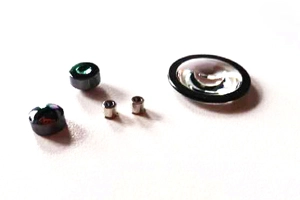

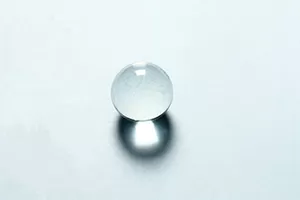
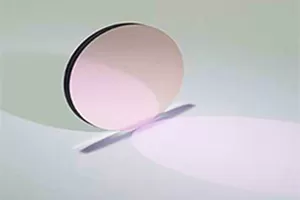
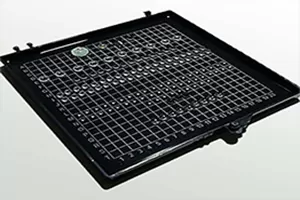

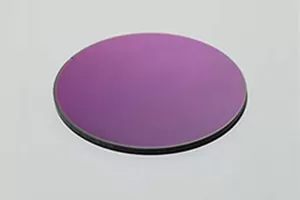
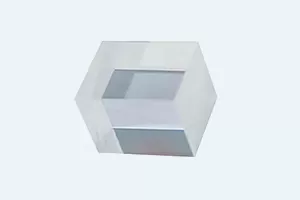
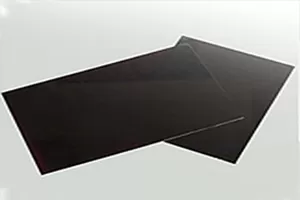
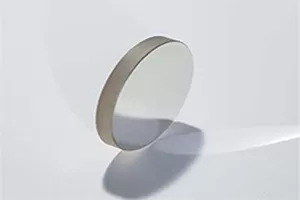
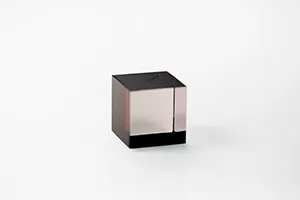
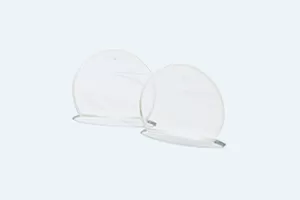
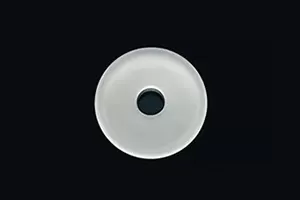
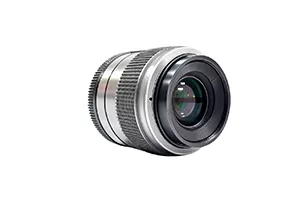
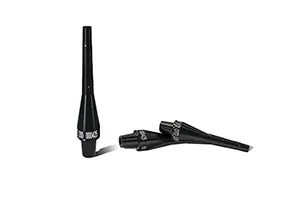
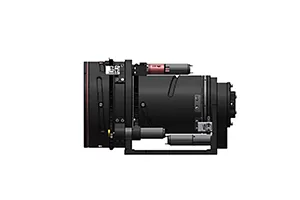
 EN
EN
